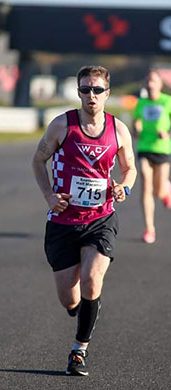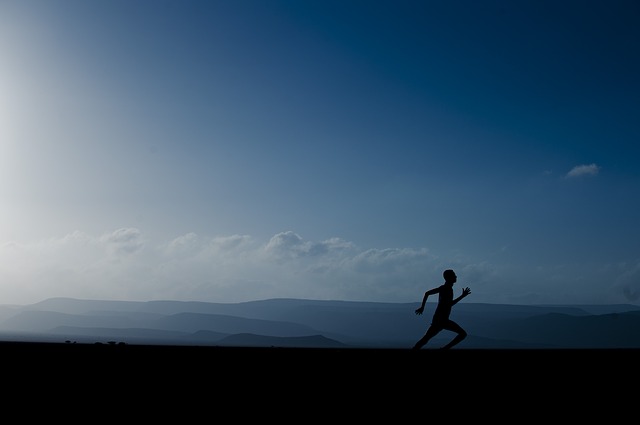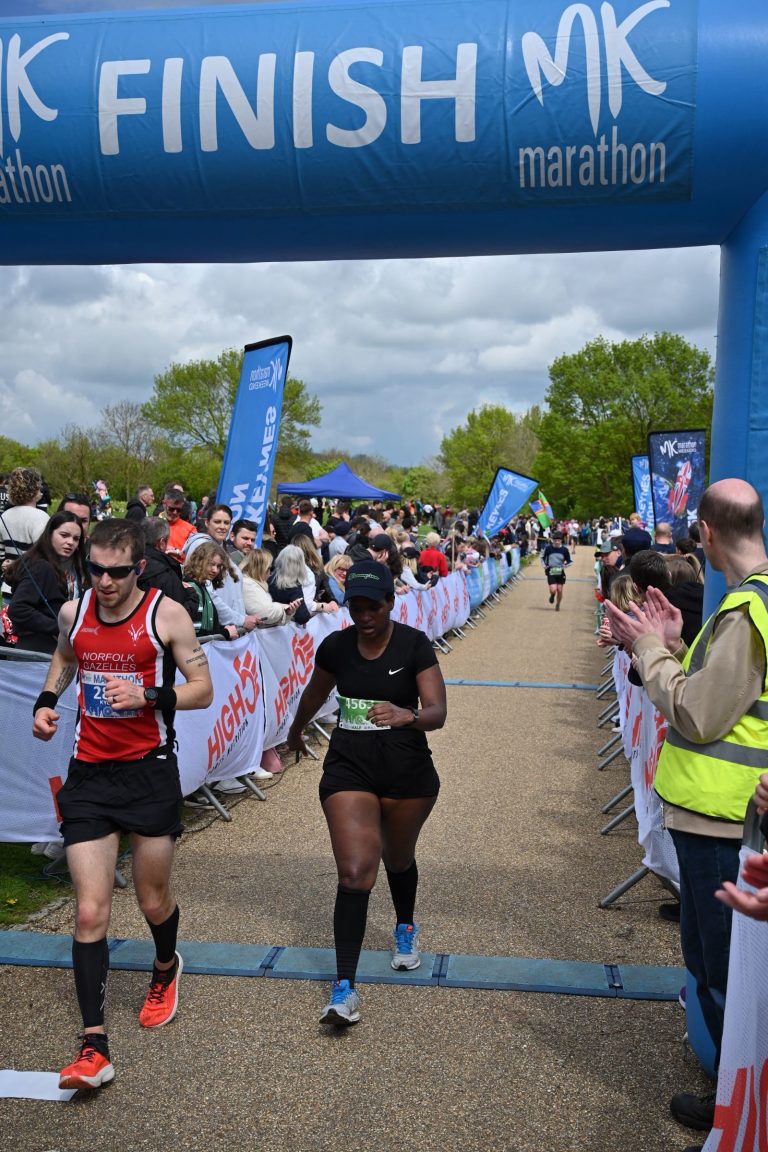As we include more and more technology into running, with data to analyse and athletes like Eliud Kipchoge and Brigid Kosgei (marathon world record holders) highlighted as the best in the world, it’s easy to get caught up and assume we should run like them in as many ways as possible.
No perfect number
The number of steps you take per minute is dependent on so many factors that it can’t be boiled down to a golden rule of 180 steps for instance. Over an 800m race the winner is going to be reaching over 200-210+ steps per minute. The two fastest men’s marathon times however, came with cadences of 184-190 on the whole.
For most of us 180 step per minute is the rate we’d expect for our 10k to half marathon, that’s if your step rate even is that high.
Benefits of higher cadence
Higher cadence is often useful though. If you’re taking more steps each minute, you’ll travel further each minute and run your races faster, in theory. If you end up just taking shorter steps to get the number of steps to increase, you might not get the result you want in the short term, although long term this can be a way to work towards your long stride with higher cadence.
Reacting quicker to the ground, which is effectively all we’re doing when running, can reduce joint impact as well. Each time we land our bodyweight forces our knee and hip joints to bend, and the muscles around them to work harder as they effectively perform a single leg squat. If we reduce this flexing by picking our feet up faster, our muscles don’t have to work as hard to propel us, so we can either run at the same speed more easily, or apply the same power and strength to a small amount of load each time which makes us faster.
An added bonus of lifting the feet faster from working towards a higher cadence, is that you’ll likely lift your feet higher too, and in most cases this will move the landing zone forward in your foot (i.e. heel strike to mid-foot landing) as well as moving the foot back in your stance when you land, both of which will improve efficiency and speed.
To answer the question of whether cadence matters, yes. If you want to be more efficient and faster and currently run with a slower cadence, it’s worth spending some time on this. Just keep in mind that there is no perfect number, we’re all made too differently.
Written by Kyle Brooks, Running Coach based in Norwich, Norfolk







